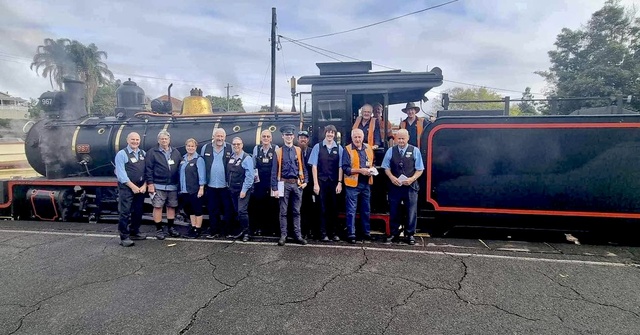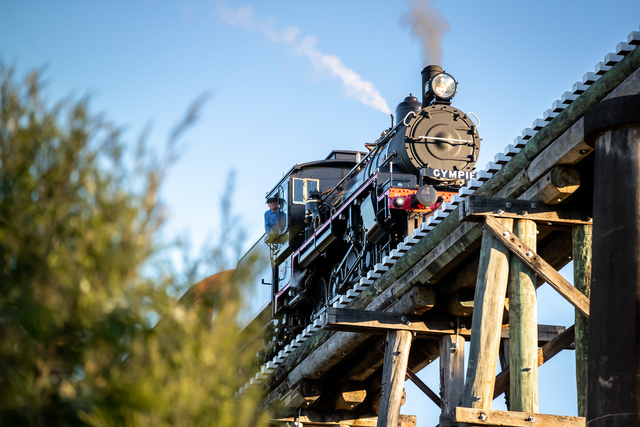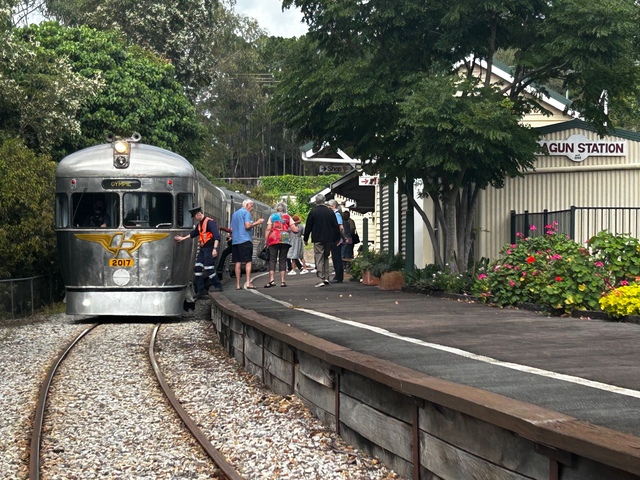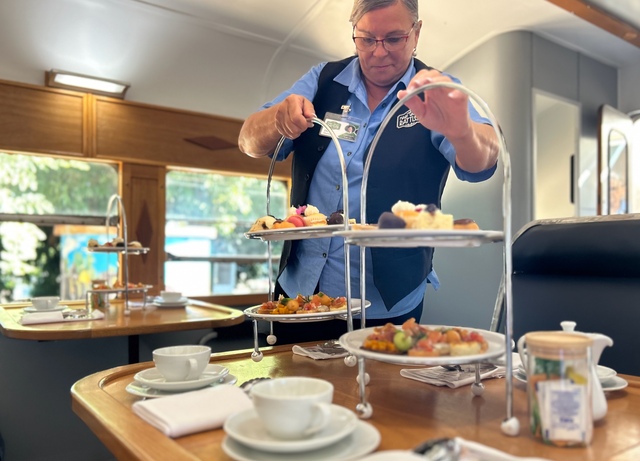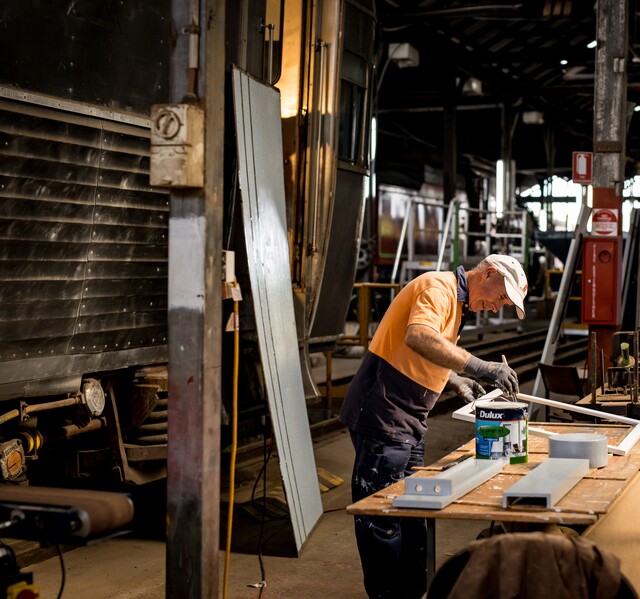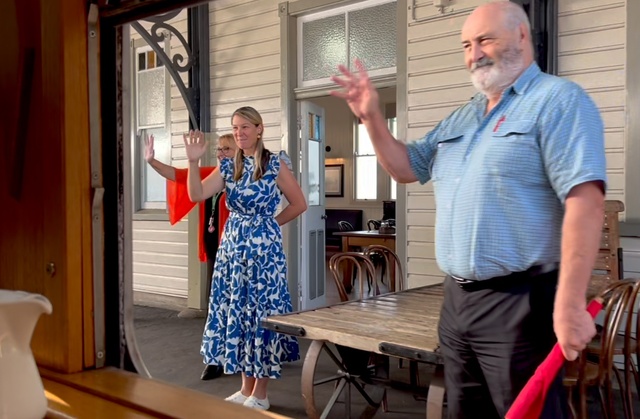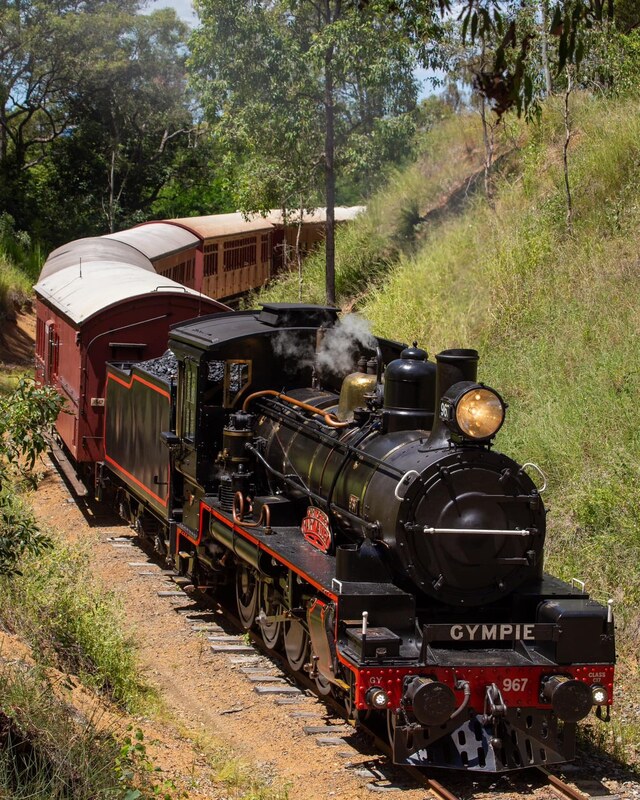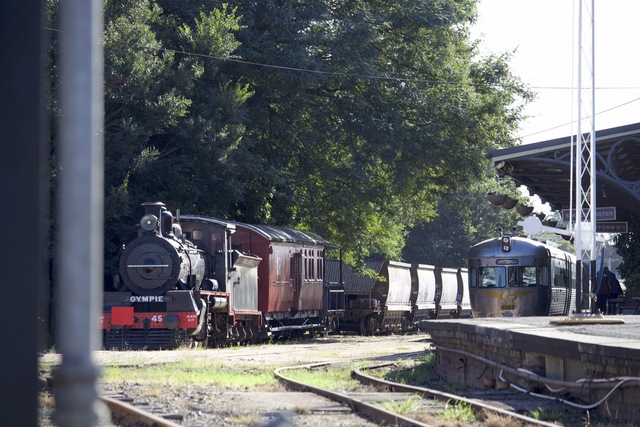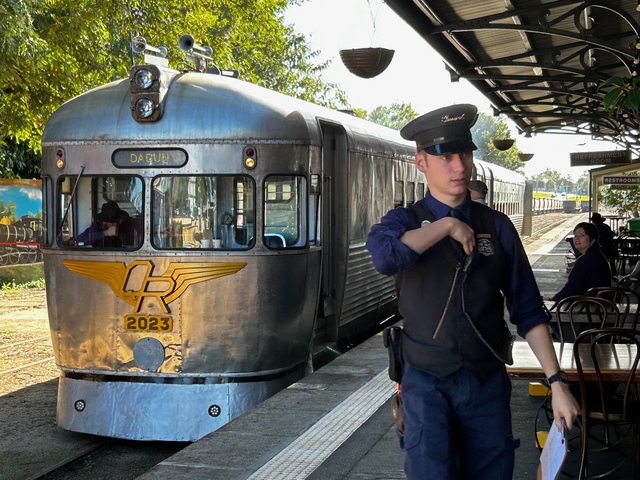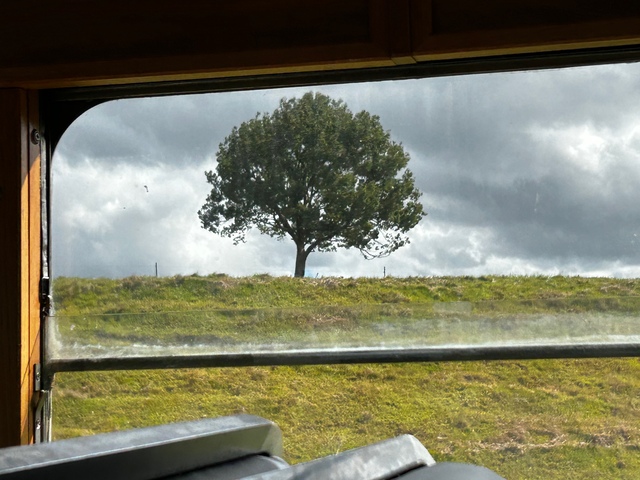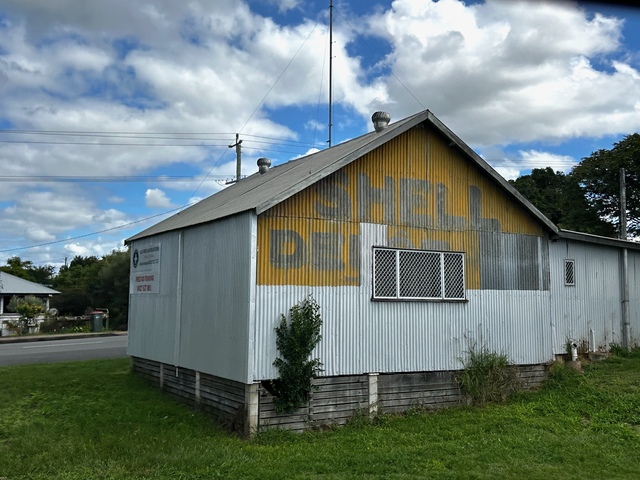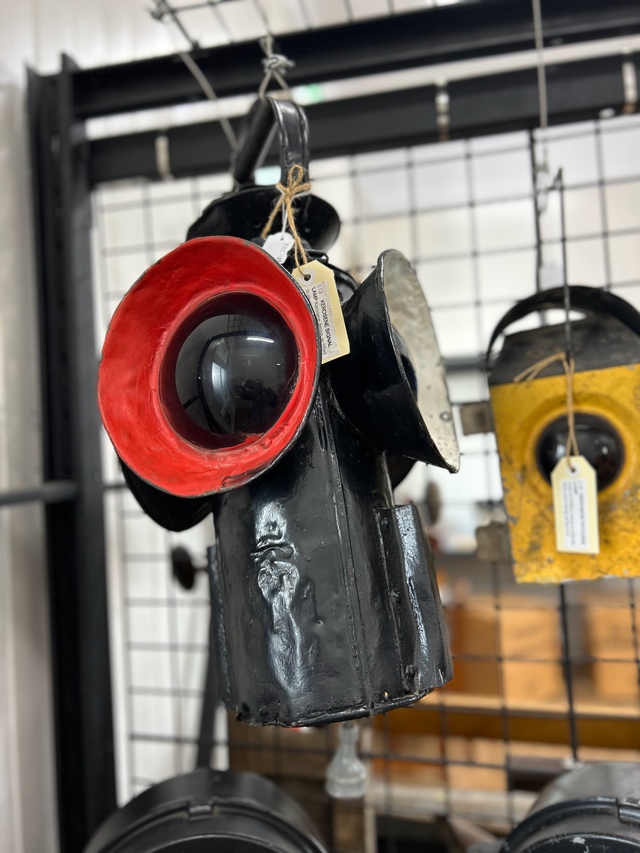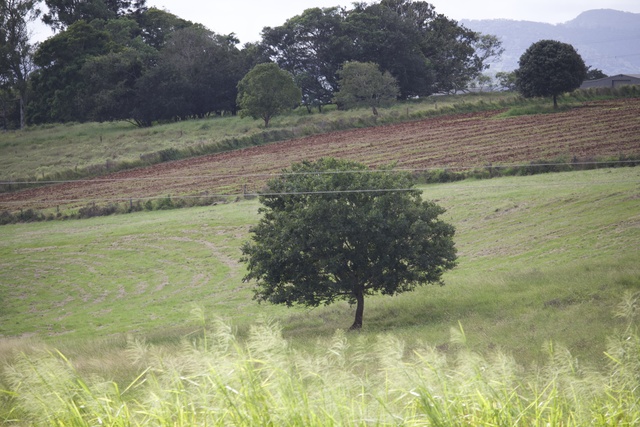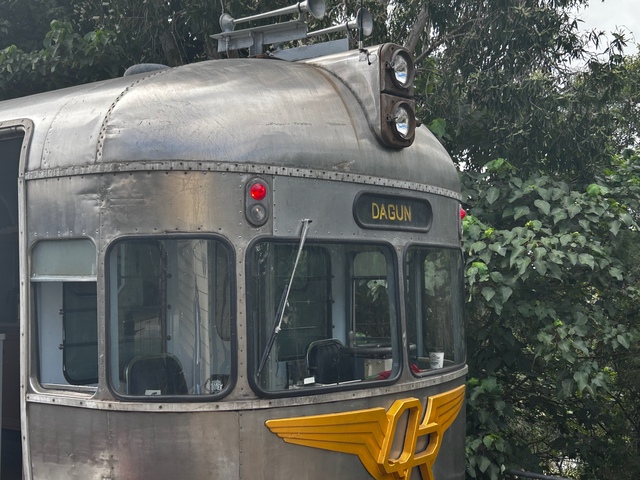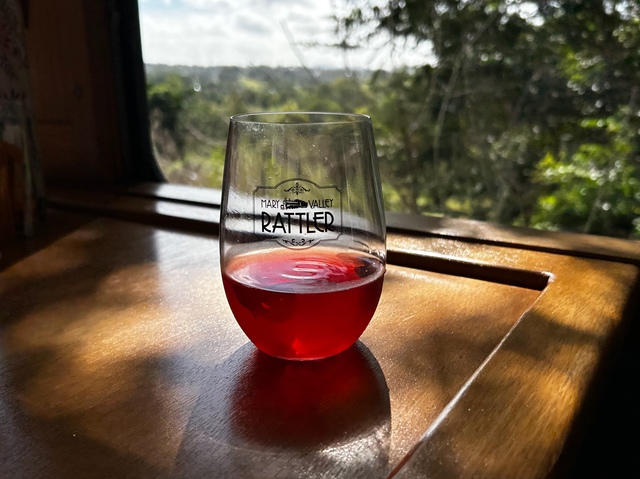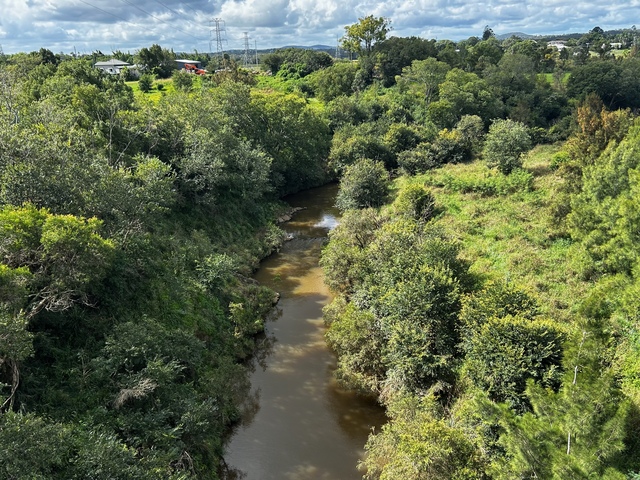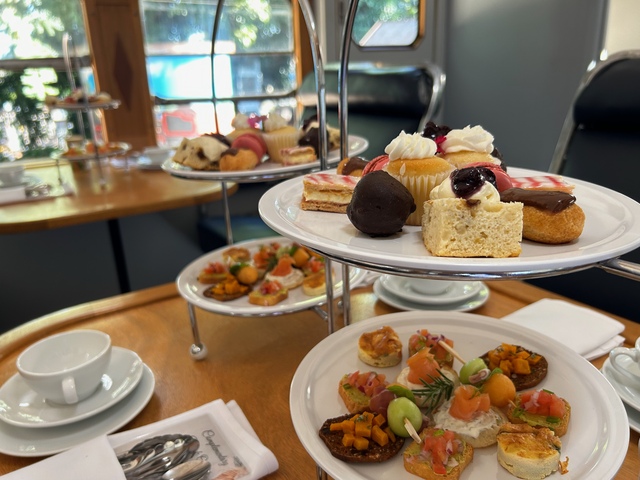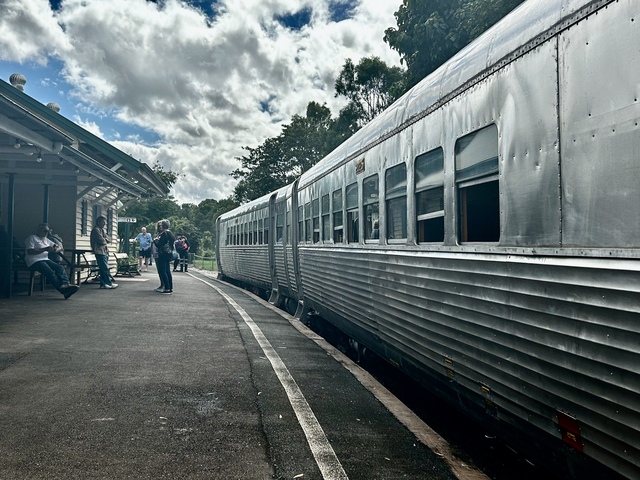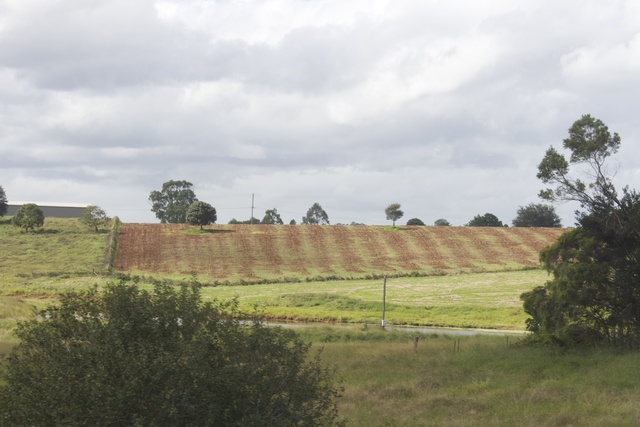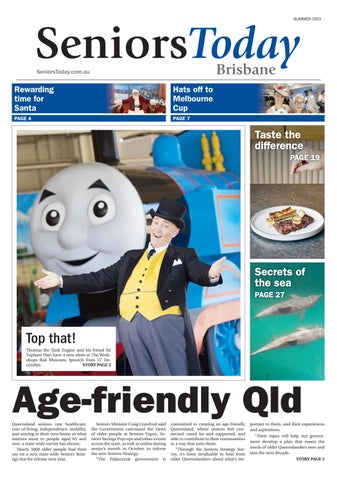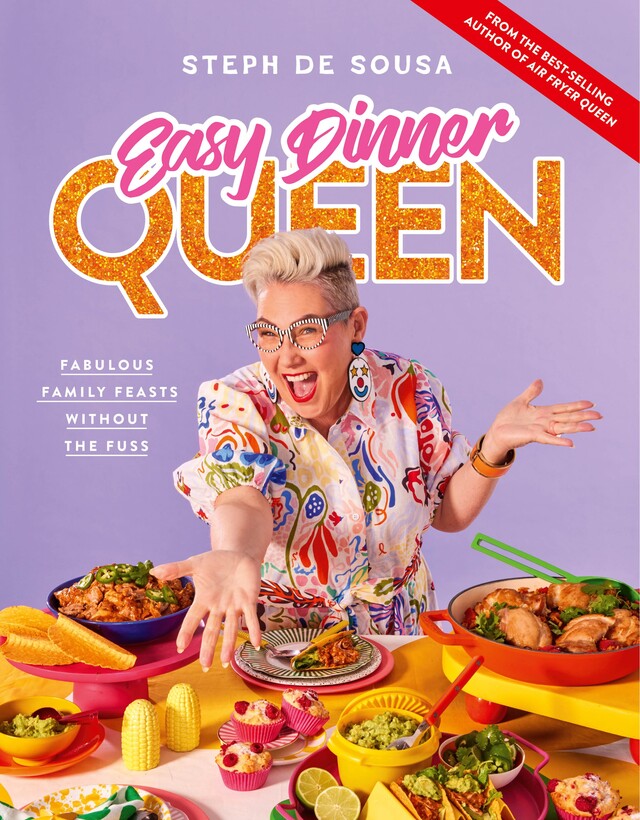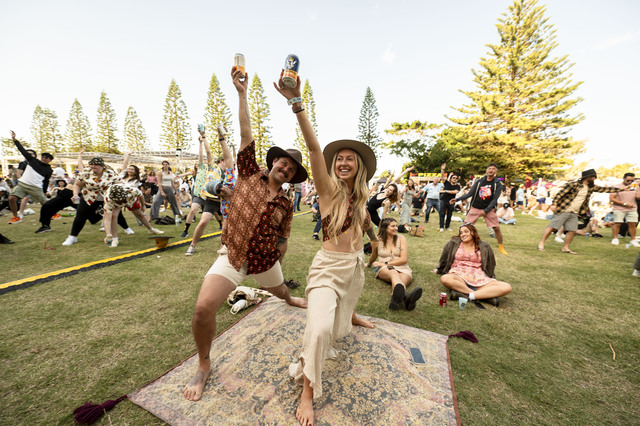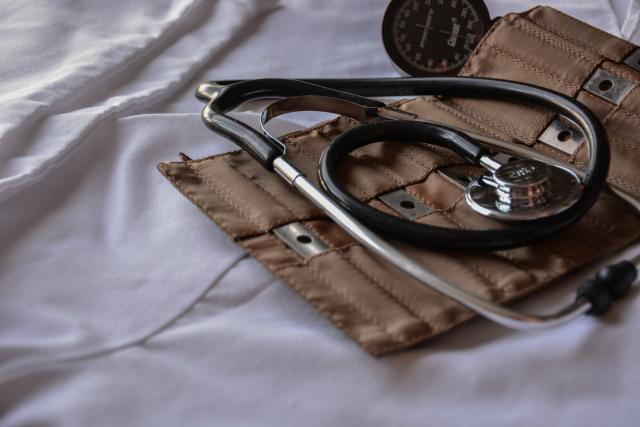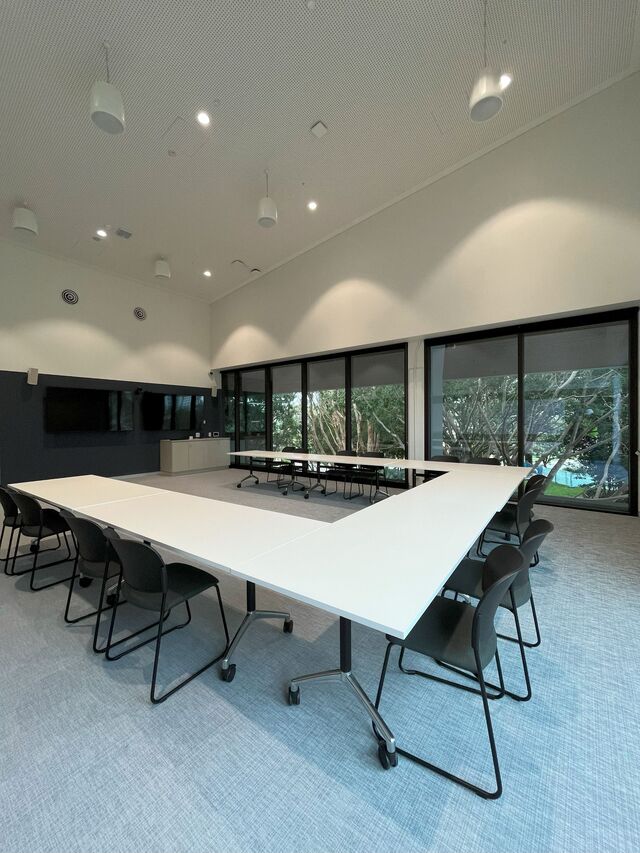PRECEDE
The Mary Valley owes much to the railways in connecting producers with the outside world for more than 80 years. ERLE LEVEY looks at the way Gympie’s heritage railway breathes new fire into the community.
BREAKOUT QUOTE
“The volunteers are critical to the operation. We have volunteers in the workshops, the train crew including guest experience attendants, right through to our amazing team on the front desk.’’
Winding its way through the rich farmlands and forests of the Mary Valley – much like the Mary River itself – Gympie’s heritage railway has brought new life to the region.
Instead of serving the farming communities by taking produce to the world, it is bringing tourists and travellers in.
With them comes a fond appreciation of what a slower, yet comprehensive and nostalgic look, of what the Mary Valley offers.
The Rattler is one of Queensland’s most iconic heritage experiences, running through the heart of the Gympie region’s rich history while offering visitors an experience that takes in the Mary Valley landscape.
Yet the Rattler is not simply a nostalgic steam train journey through the productive farming communities, but a collection of trains and rolling stock, spanning different eras.
It is also a group of passionate staff and volunteers that make up the Rattler experience.
Most of those who “drive’’ the Rattler are from the local community and, as such, they know the history, they know the farmers, the producers, the businesses that support the not-for-profit venture.
The Rattler represents the heart and soul of the Gympie region and is one of the major tourism drawcards, whether locally, from within Queensland, Australia or internationally.
It was this emphasis on locals supporting locals that saw three of us gathered at the historic original Gympie Railway Station shortly after 9am on a Friday.
As guests of the Rattler, we were about to embark on a retro experience aboard the Silver Bullet – a 2000 Class railmotor built in the 1960’s by Commonwealth Engineering, at their Rocklea plant in Brisbane.
They were decommissioned by Queensland Rail in 1993 and purchased by Mary Valley Heritage Railway in 1996. Both units were recommissioned in the Rattler’s workshop and entered service in 1998.
The Silver Bullet journey on a Friday is to Dagun and return. It features a classic high tea served on board and comprising a glass of bubbles, locally made sweet and savoury treats, and unlimited tea and coffee through the two-hour journey.
The produce is either local or from Sunshine Coast suppliers – the Rattler being within Sunshine Coast Tourism’s one-hour Drive Destinations.
The Rusty Rails Cafe at the station provides breakfast, brunch or lunch either inside or out on the platform.
The Silver Bullet rail journey differs from the classic Rattler experience – a steam train run most days to Amamoor station with a break while the steam engine is rotated on the hand-cranked turntable for the return.
The C17 class of locomotive first appeared in 1920 and were the mainstay of the Queensland Railways steam fleet, with No. 967 undergoing restoration in the Gympie workshop.
Joining me on the journey are Andy Coates and Nicola Cleaver, executive committee members of Slow Food, who are fascinated by the way the Rattler uses and supports local produce as well as the community spirit that runs right through the organisation.
This includes produce from those who have attained Slow Food Noosa’s Snail of Approval for the way in which they supply good, clean and fair food.
The local emphasis starts with Rattler general manager Sherry Lowe, together with operations and marketing manager Ashleigh Rimmington, both born and bred in the region and who embrace the local teamwork as well as community support.
The Rattler runs on train ticket income and passive donation opportunities, with money going directly back into the track.
“Maintenance is a huge expense for us here,’’ Sherry said. “We spend over $500,000 a year on maintaining the track and the bridges.
“That’s something that’s come across to us since divestment from council.’’
The Rattler has a team of about 20 full-time and part-time staff as well as more than 75 volunteers.
“The volunteers are critical to the operation,’’ Sherry said. “We have volunteers in the workshops, the train crew including guest experience attendants, right through to our amazing team on the front desk.’’
The past 18 months has seen some important initiatives brought into focus, Sherry said, not only the operational side of things but the volunteer recruitment program as well.
“We’ve introduced new recognitions and programs for volunteers which have been really popular.
“Operationally, we’ve introduced the Silver Bullet in the past 18 months and that has been a whole new product offering.
“In addition, we have been working on our new special events program – changing things up a bit.
“For example the recent Gold Heist that included Perseverance Street Theatre Company. That’s a brand-new special event we had been working on for about eight months.
“So watch for more on the special events side of it as well as the regular services.
“The Silver Bullet and that food experience has been our main priority, and we will be incorporating more food experiences into travel as well. This is a great food production area here in the Mary Valley.
“We want to be able to offer something for the region. People want to come here for the food experience as well.
“Our local food market once a month on the Friday night in Mary St is highly popular from a food point of view. They want local food.
“I feel we focus on this being an authentic tourism-food experience here in the Gympie region and we collaborate with those producers here to put on show what it has to offer. “This is both our core business which is the heritage steam train experience but also linking that into the amazing producers such as CC’s Woolooga Farm Kitchen, Piggy In The Middle, Rainbow Meats, and Lindols Macadamias.
“Now we have taken on a new product offering with Nutworks at Yandina, a macadamia nut processing and packaging company that distributes locally-grown produce throughout Australia and overseas.’’
Macadamias are indigenous to Australia and are thought to have originated in areas such as Amamoor and Bauple, where wild species can still be found growing.
That’s just another layer of the Rattler being able to directly and indirectly support fruit and nut-growers across the Gympie region, Sherry said.
“We know more than ever with the conversations happening now, how important it is for the team from Queensland Fruit and Vegetable Growers – the advocacy work they’re doing for our producers.
“This is an opportunity for us to support our producers in the region through a product offering here.’’
A new initiative at the Rattler will be a night market starting late in June that will be focused on local food producers and creative arts.
A highlight will be short train rides being available with different options for food, Ashleigh said.
“It will be an exciting atmosphere for families. There will be a train journey every half hour through the outskirts of the town to see all the lights.’’
With the Rattler team being predominantly locals they can understand what’s needed, particularly as it is a collaborative not-for-profit organisation.
It goes back to the authentic steam train but it’s an immersive experience that opens up the senses – that people can step back in time to that bygone era.
The Rattler has been a driving force for the development of the region since gold was discovered in Gympie in 1867.
Even before then, European settlers in the Mary Valley were talking of the region’s incredibly fertile soil and advocating for a railway to connect them and their agricultural produce with the outside world.
In 1881, the first railway to link from Gympie to the port of Maryborough was launched and known as the Mary River line.
Other heritage locomotives restored by the Rattler team include a railmotor first introduced onto the Mary Valley line in 1928.
They were were built on the AEC bus and truck chassis, initially used in London for buses since 1914.
Railmotors would continue to operate on the branch until the late 1960s – RM 28 was the first railmotor to be built for operation on the branch.
The RM 76 traditionally ran the Brooloo line to Gympie, providing a daily link to the town for shopping, the transportation of goods and a means for children to get to school.
A diesel is the alternative locomotive for some weekdays or whenever No.957 needs to have a boiler washed out.
The steam train run to Amamoor embraces the local community at the turn-around with a village green cafe, museum display, market stalls and live music.
“That’s just another layer of what we do,’’ Sherry said. “Engaging with community groups.
“The Rotary Club of Gympie do a collection on the train trip to give back to 22 not-for-profit organisations every year.
“The past two years has been in excess of $40,000 directly given back to community from donations from Mary Valley Rattler.
“Guests that come into the region, stay, play and enjoy everything that the Gympie region has to offer.’’
The links both Sherry and Ashleigh have with the Mary Valley shows through in their passion for the Rattler.
Sherry participated in the Race the Rattler event in which runners would race against the steam train.
While for Ashleigh, the railway line goes through her childhood property and she remembers standing on the road and watching everyone run past in the race.
“To have that connection, I think we’re both quite passionate about that.’’
The Rattler promotions team is off to Melbourne to promote the operation but also the Gympie region.
Since the regional council divested itself from the train operation there has been stronger collaboration over the past 12 months, Sherry said.
“It has been a huge positive for us and I just see that partnership going from strength to strength.’’
As a result, the community approach is more positive, Ashleigh said.
“I feel they are more invested. I think the team has actually worked harder to form stronger bonds with the community and community groups.
“The team is extremely passionate and that shows with our product delivery.’’
So who comes for the Rattler Experience?
“We have groups from all across Australia,’’ Shelly said, “ … we can have a charter from Sydney where they fly into Brisbane and get a bus trip up here, through to a tour group doing other things like the whales and Hervey Bay and Fraser Coast.
“There are groups from Rotary clubs, from Probus clubs, RSL clubs, women’s clubs, retirement clubs and Guide Dog clubs … and because of our accessibility component we are favourable with the groups that might have some mobility issues, especially with the 1071 carriage with the ramp. The product does lend itself to being very inclusive.’’
The Rattler has eight different carriages that can range from seating 30 people up to 64.
People are looking for experiences, Shelly said.
“It’s a point of difference – not another theme park.
“It’s a heritage train experience that generations won’t see every day. There are families that have a connection through their grandparents … who may have worked in the railways and they’ve got a fond memory.
“Now they want to bring their children here to get that same fond memory of the sound and rhythm of a rail journey – the feeling of disconnecting from technology and everything else.
“There’s that feeling of steam on the platform, then the rocking of the carriages.
“And the way the community come out wave to the passengers throughout the journey, right out into the valley.
“I wouldn’t be able to do my job without the incredible team and I think the passengers wouldn’t feel the full experience without the pride and commitment from the community.’’
Indeed, as a passenger you cannot fail to be impressed by the enthusiasm of the attendants on board the train. The commentary about the train and the journey is not pre-recorded.
Then there’s the authentic train ticket check-in – and the call of the attendant on board of “Tickets please.’’
“The authenticity might cost money,’’ Shelly said, “but there’s a reason for that.
“We are really proud to be working with the sawmill at Dagun for the sustainability of railway sleepers.
“The containers for change program sees funds going back into our kitty for the volunteer group.’’
While the Mary Valley Rattler provided a powerful connecting force as the region expanded and attracted more people, it has now turned full circle and attracts visitors to the area as well as providing a cultural benefit for locals.
Like so much in life, as one door closed another one opened. The Rattler caters for mobility-challenged passengers and guests wanting to bring along their pet.
Services include picnic trains, gourmet food services, and special event services for weddings, parties, Anzac Day, Australia Day and even murder mysteries as well as Halloween.
You see things from a different perspective while travelling on a train.
It’s a more sedate pace. You see another side of life from what you would from the street – the faded signs on industrial buildings, unpainted wallboards of churches and halls.
It’s like having friends for morning tea and not having to cater … many are impressed by the passing scene while others are just happy to have genuine conversations and catch-ups.
The Rattler was recognised in the 2021 Queensland Tourism Awards with Gold for Outstanding Contribution by a Volunteer or Volunteer Group, and Silver for best Tourism Attraction.
Just as the Rattler was a catalyst for the region’s early development in the 19th century, today it is attracting visitors from across Australia and around the world, providing a memorable experience for tourists and significant economic benefits.
In doing so, it is leaving a valuable footprint within the community.

